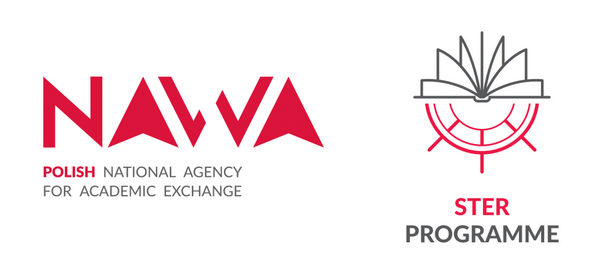Scientific activities in the field of manufacturing techniques can be related to the following topics:
- The analysis of incremental and subtractive production methods in the aspects of obtained geometric surface structures and dimensional accuracy.
- New fields for the application of additive techniques – Rapid Manufacturing and Rapid Tooling. The analysis of the geometric quality of features printed by additive technologies with assessing their shape accuracy.
- The development of the models describing phenomena connected with cutting process, tools and machine tools behavior in the laboratory and industrial conditions. Application of elements of fracture mechanics for modelling of the cutting process according to the Atkins’s model in case of wood and metal cutting. In the model both fracture toughness and shear yield stresses ought to be applied. Creation of material quantities for the common domestic wood species. The attempt of determination of the effect of the wear of the cutting edge on the energy effects of the cutting process.
- Research and modeling of abrasive machining including flat grinding and grinding with lapping kinematics. The development of new abrasive tools. The methods for the evaluation of selected manufacturing processes using the analysis of vibration and sound signals. Process monitoring, including the correlation analysis between vibroacoustic signals and technological effects machining obtained in material removal processes. Thermal aspects of cutting processes including modelling and experimental tests.
- Computer Aided manufacturing and manufacturing process planning with the application of intelligent programming techniques. Process selection and sequencing in Computer Aided Process Planning (CAPP). The use of machining features (MFs) as the information carriers for workpiece geometry and topology representation. Development of a feature-based reasoning approach for generating machining sequences in terms of part setups. Preparing a data input model incorporating functional requirements for parts and in particular GD&T references. Development of feature taxonomy corresponding to the needs of the rational process plan selection for the addressed category of part types.
- Application of drone technology in manufacturing concerning a typical reconfigurable manufacturing system and automation of production. Mechanical integration with machinery and parts, information integration in the manufacturing system, especially in an Industrial Internet of Things direction, scheduling and collaboration with humans and robots including safety.
- Bio-machining; material removal mechanisms of some materials by microorganisms.
Keywords: manufacturing systems; fabrication methods; rapid manufacturing and tooling; material removal processes; modelling; experimental tests; process selection and sequencing; drone technology; bio-machining


